
Using Simple, Direct Language
When communicating with your loved one, it's important to use language that is clear, concise, and easy to understand. Here are some key points to keep in mind:
1. Speak slowly and clearly
Slow down your speech to allow your loved one time to process and comprehend your words. Enunciate clearly, emphasizing important information.
2. Use short and simple sentences
Break down your thoughts into shorter sentences, focusing on one idea at a time. This makes it easier for your loved one to grasp and respond to your message. Never ask two questions in one sentence. Also, give the person with dementia time to process the question and answer.
3. Avoid jargon and complex terms
Steer clear of technical or unfamiliar words that might confuse or overwhelm your loved one. Opt for familiar and concrete terms instead.
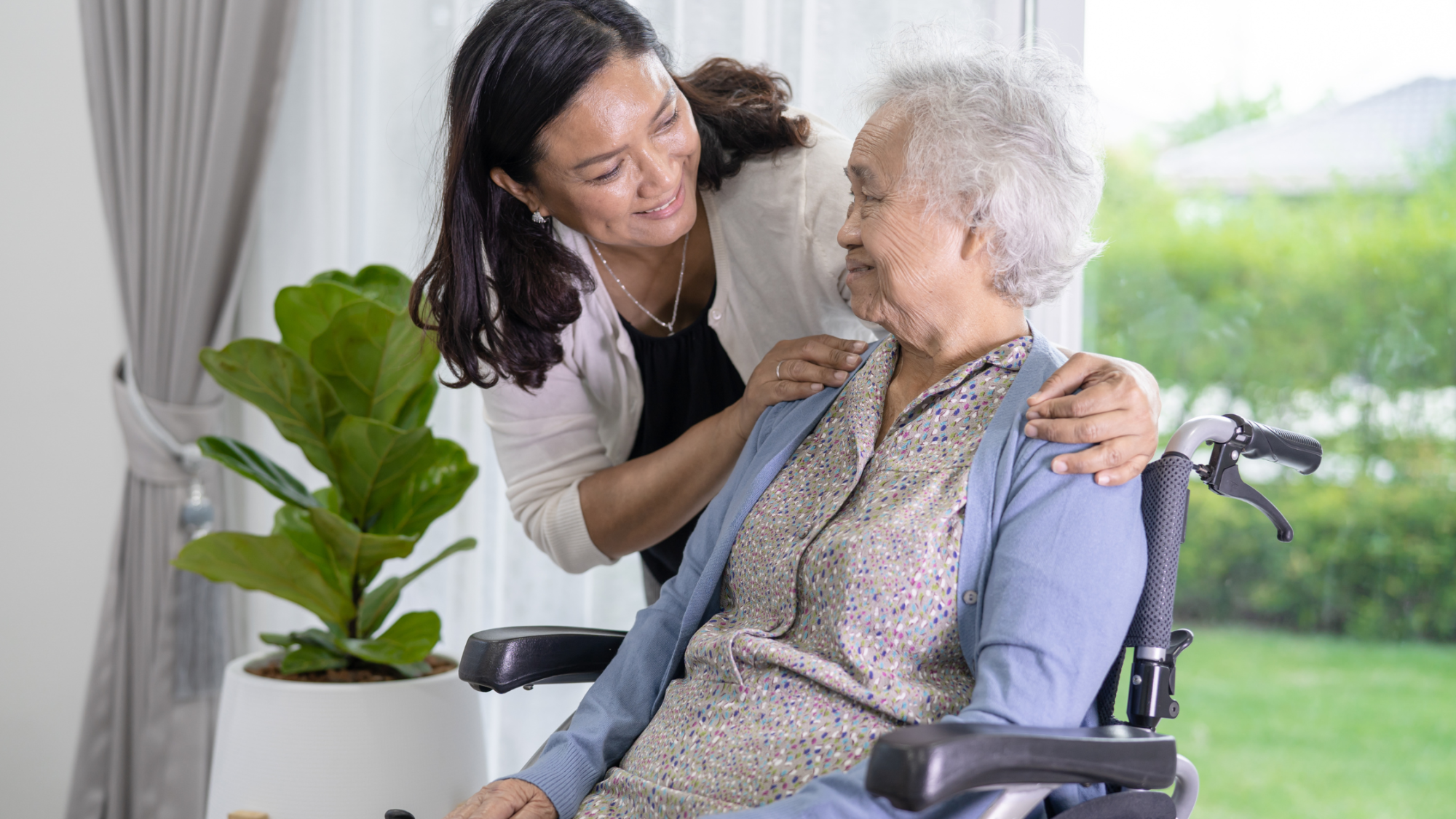
Nonverbal Cues
Nonverbal cues play a vital role in communication, as they can convey emotions, intentions, and comfort without relying solely on words. Here are some nonverbal techniques to consider:
1. Eye contact
Maintain eye contact with your loved one as you speak. It shows attentiveness and reassurance and fosters a sense of connection.
2. Touch
Gentle touch, such as holding their hand or offering a reassuring pat on the shoulder, can convey warmth, comfort, and support.
3. Facial expressions
Use facial expressions to convey emotions and empathy. Smile when appropriate, show concern, or mirror their expressions to establish an emotional connection.
3. Body language
Pay attention to your own body language and posture. Position yourself at eye level, maintain an open and relaxed stance, and use gentle gestures to enhance understanding.
By implementing these strategies, you can create a more conducive communication environment for your loved one, reducing frustration and promoting mutual understanding. Remember, communication is a two-way street, so be patient and receptive to your loved one's responses and nonverbal cues.
Conclusion
Effective communication is a vital skill in dementia caregiving. Using simple, direct language and incorporating nonverbal cues can enhance your loved one's understanding, comfort, and overall well-being. Take the time to truly listen and connect with your loved one, fostering a sense of validation and support. Every interaction is an opportunity for meaningful connection, even in the face of cognitive challenges. Embrace the power of simple language and nonverbal cues, and watch how it strengthens your relationship and caregiving journey.








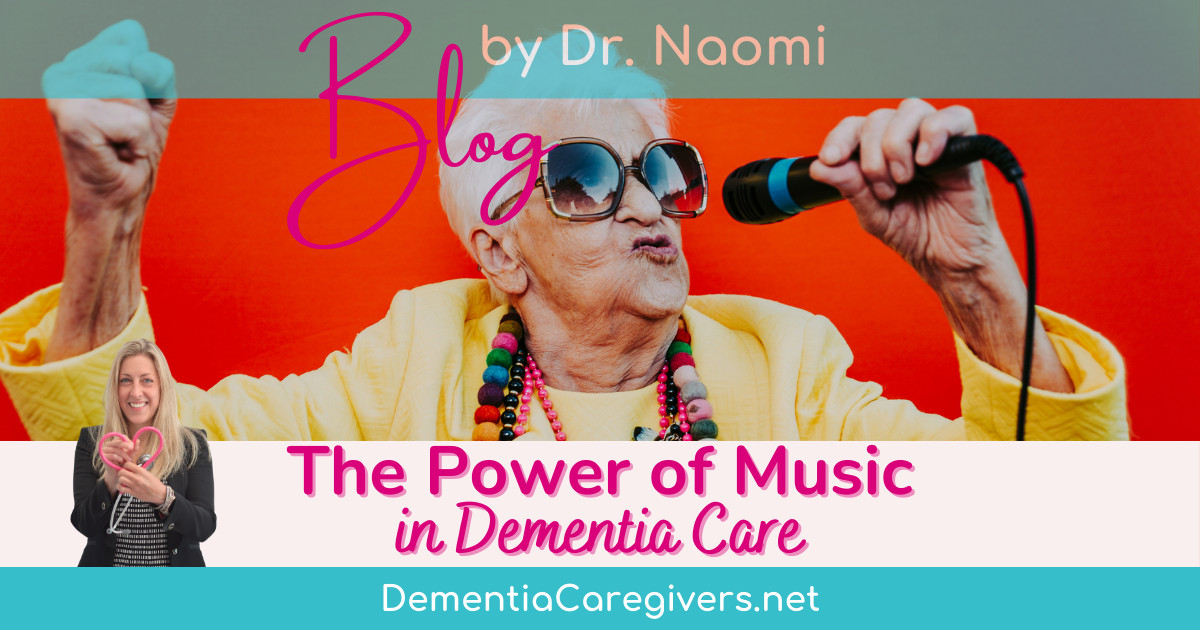






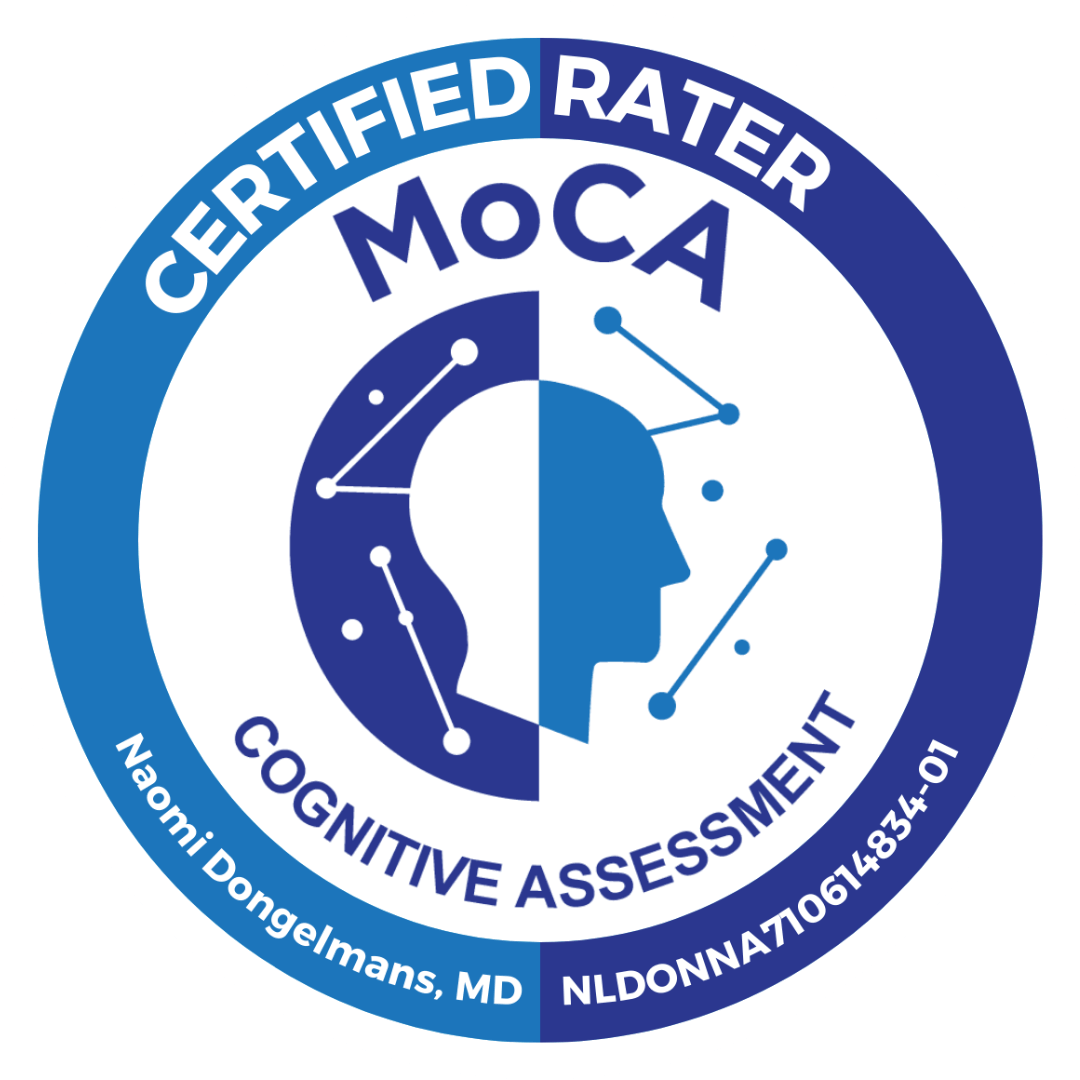
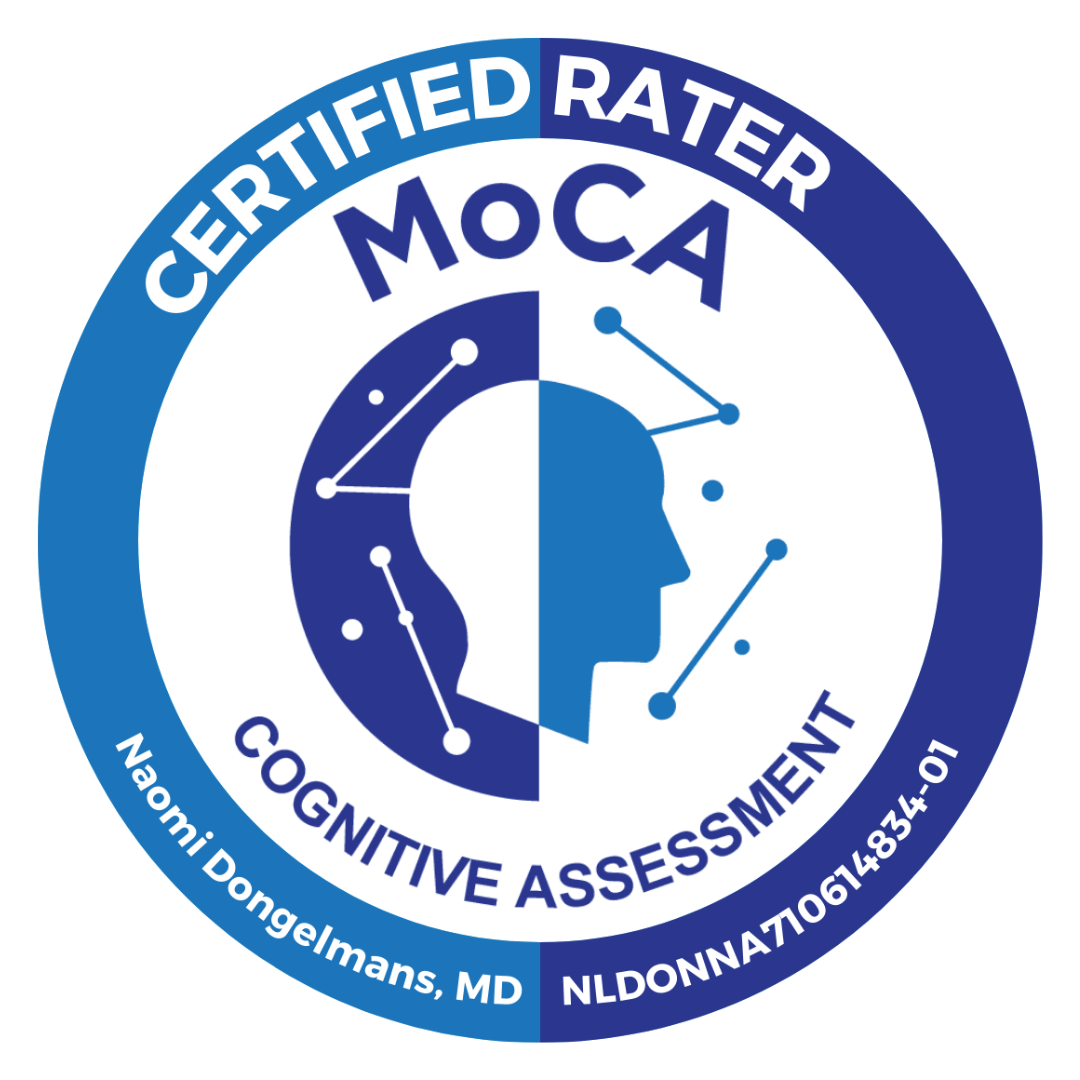
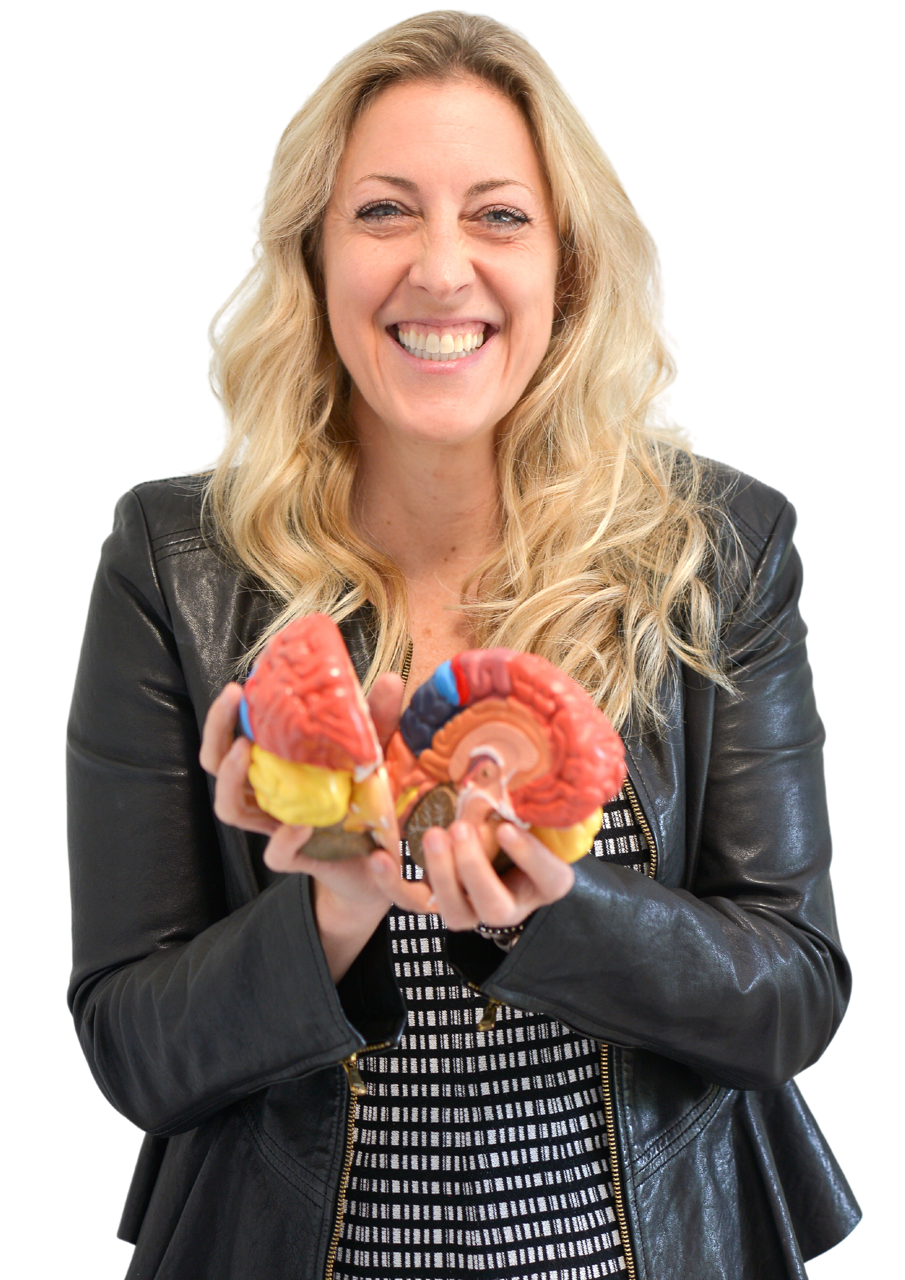
0 Comments